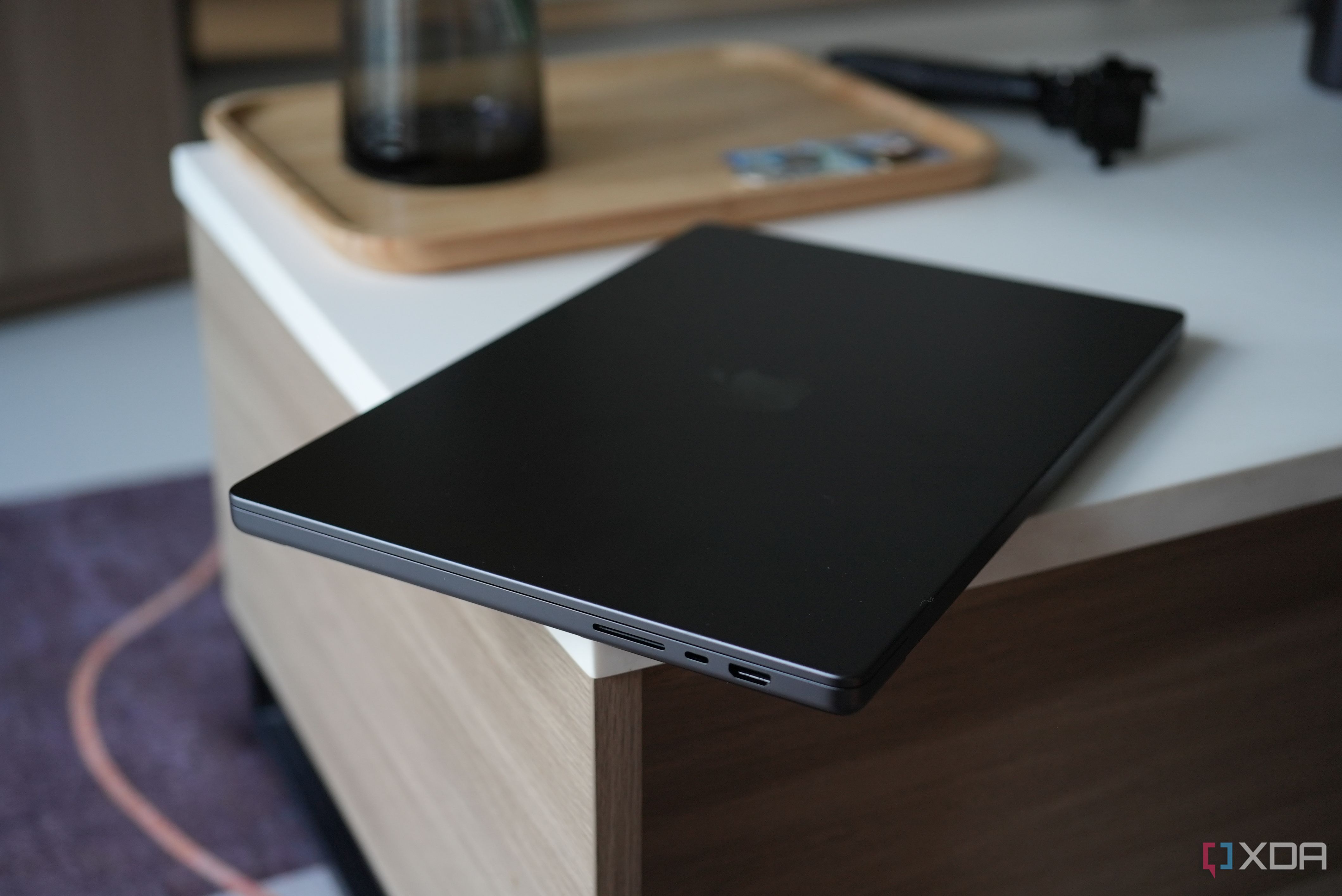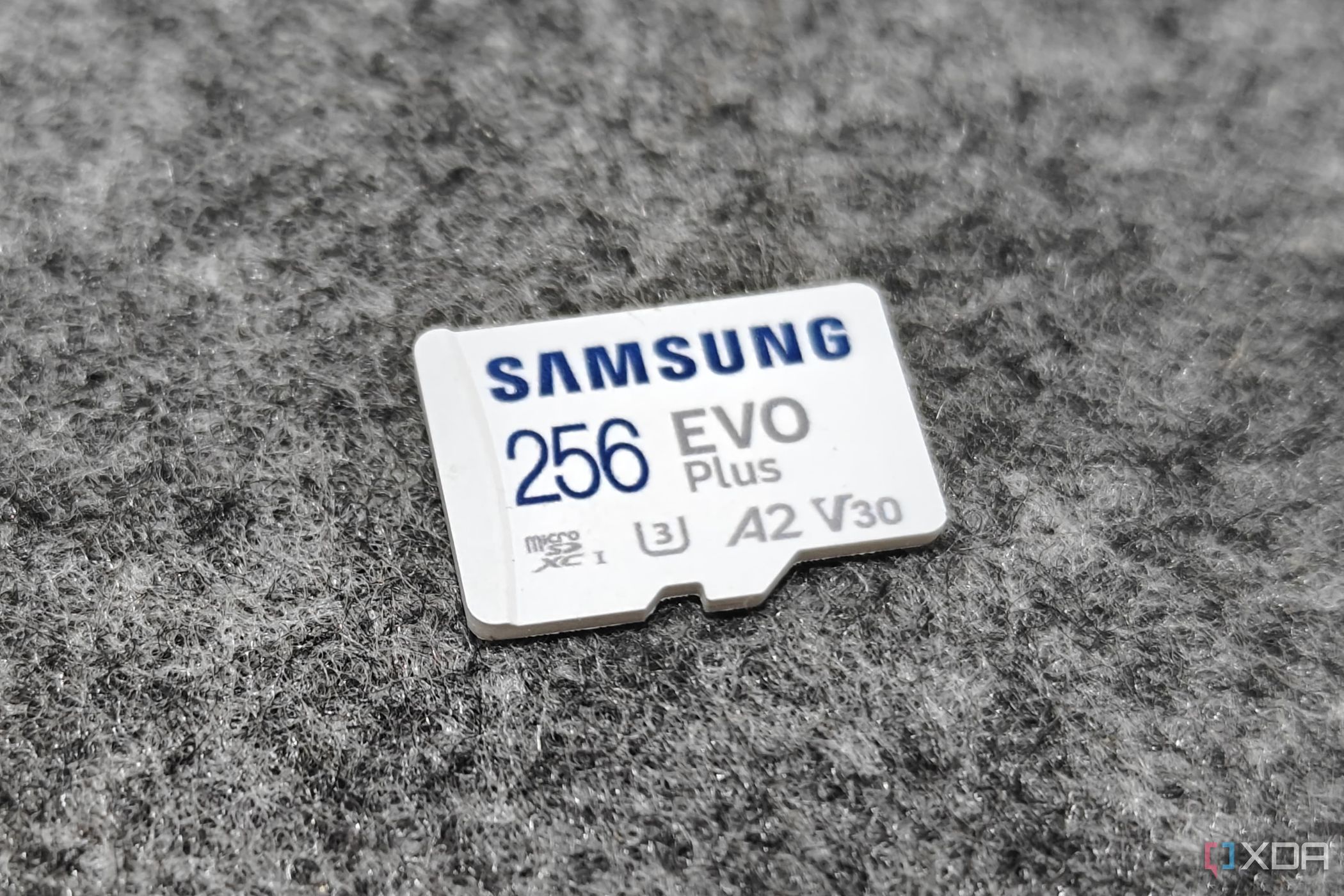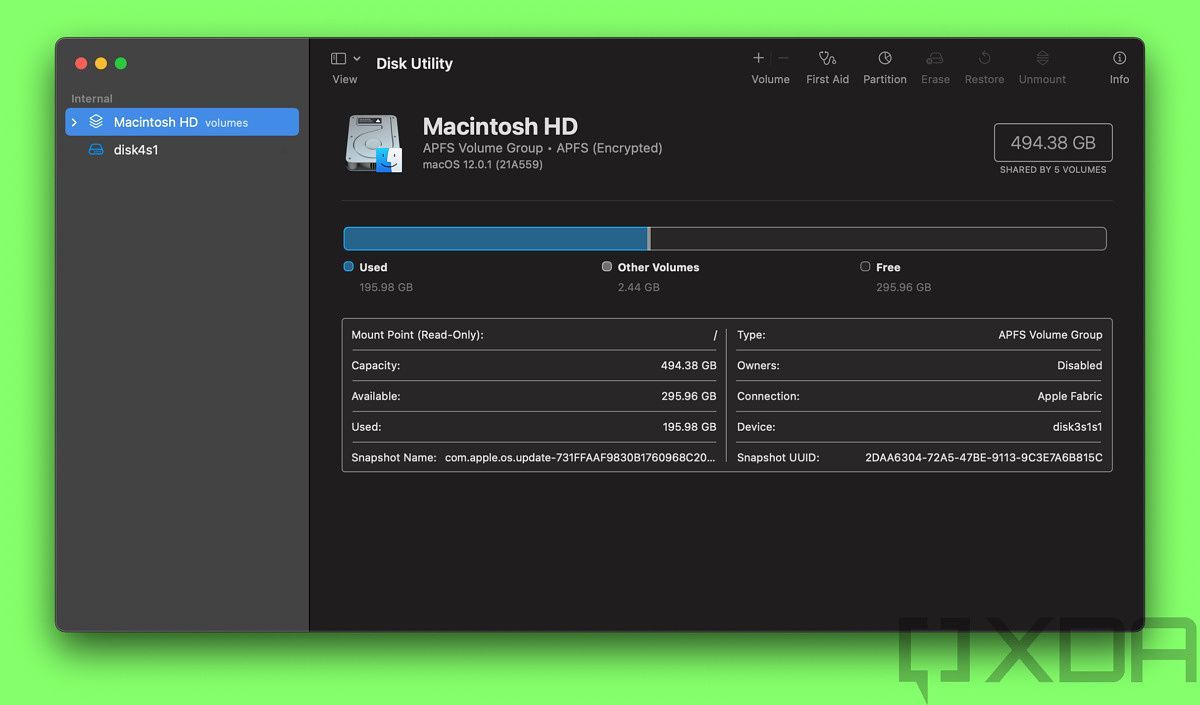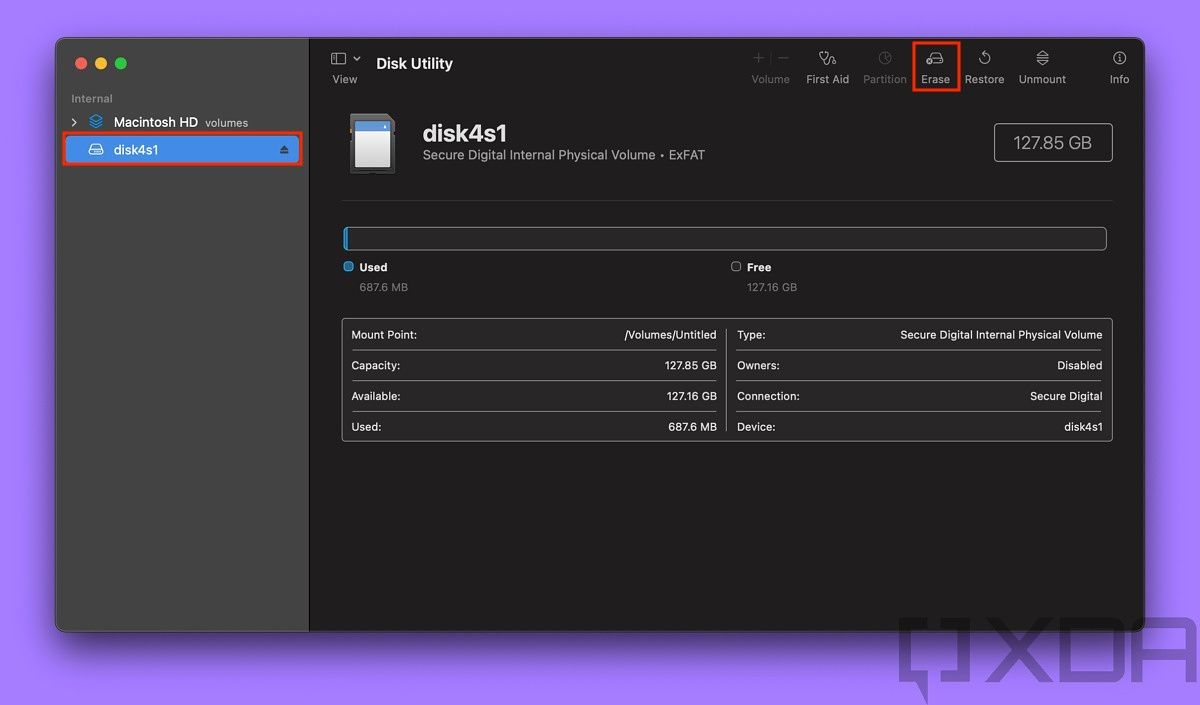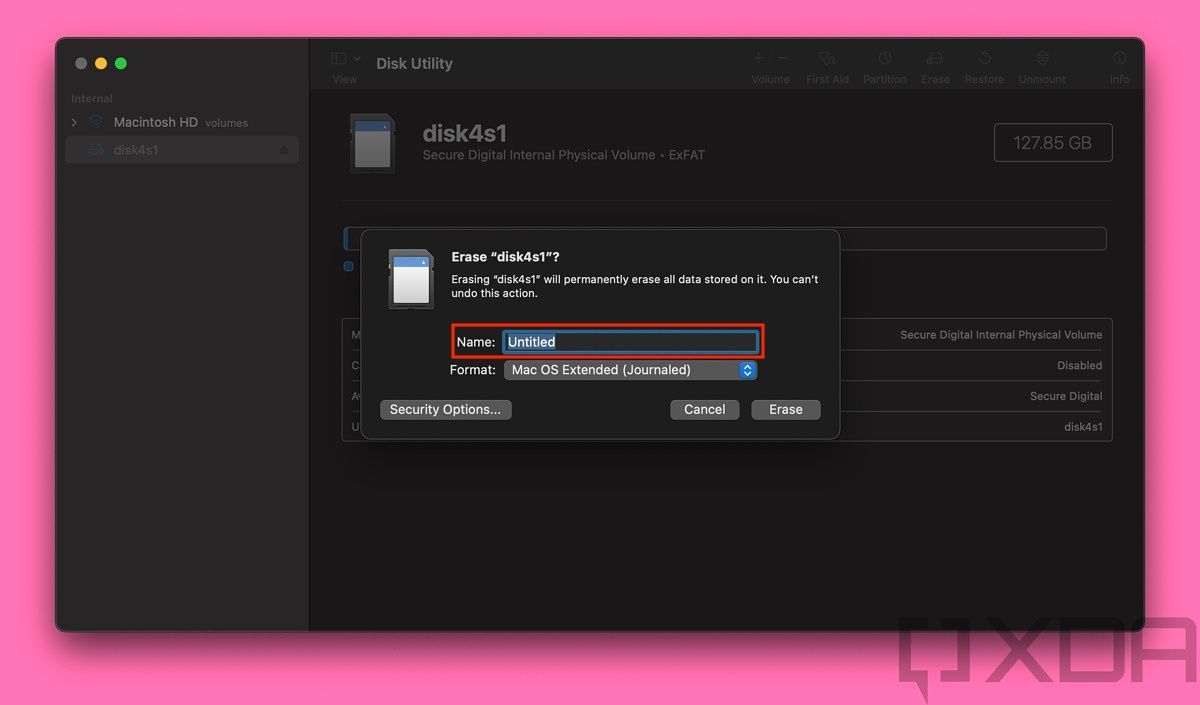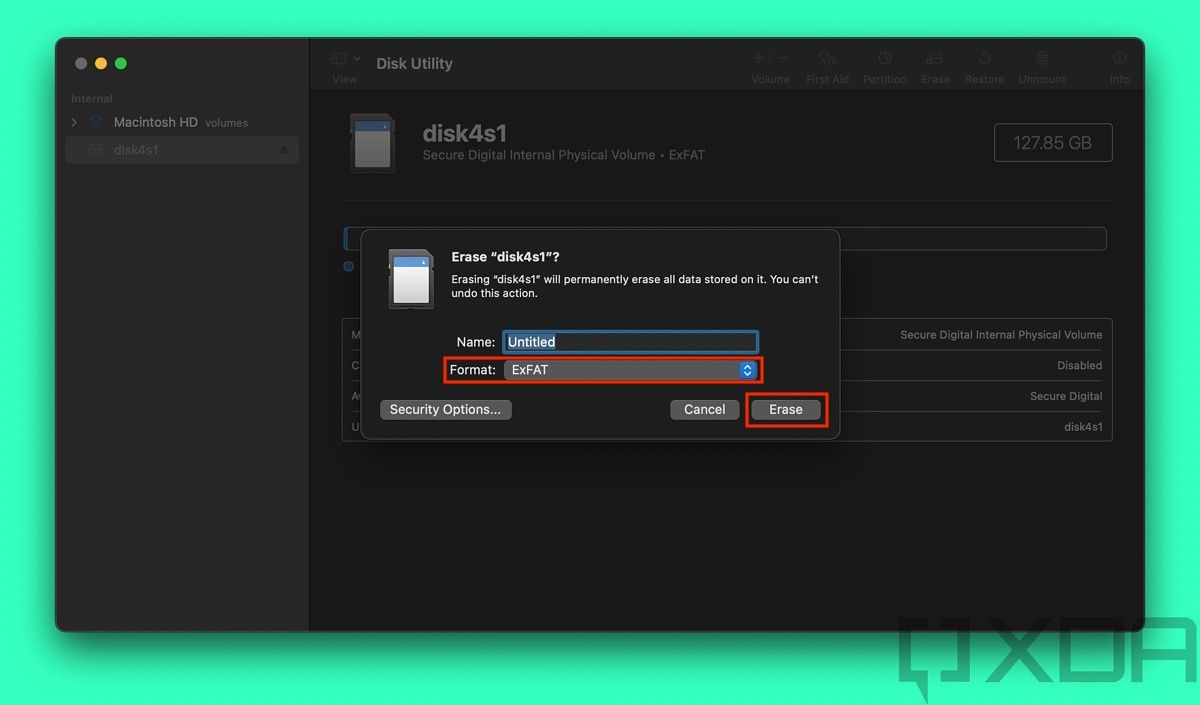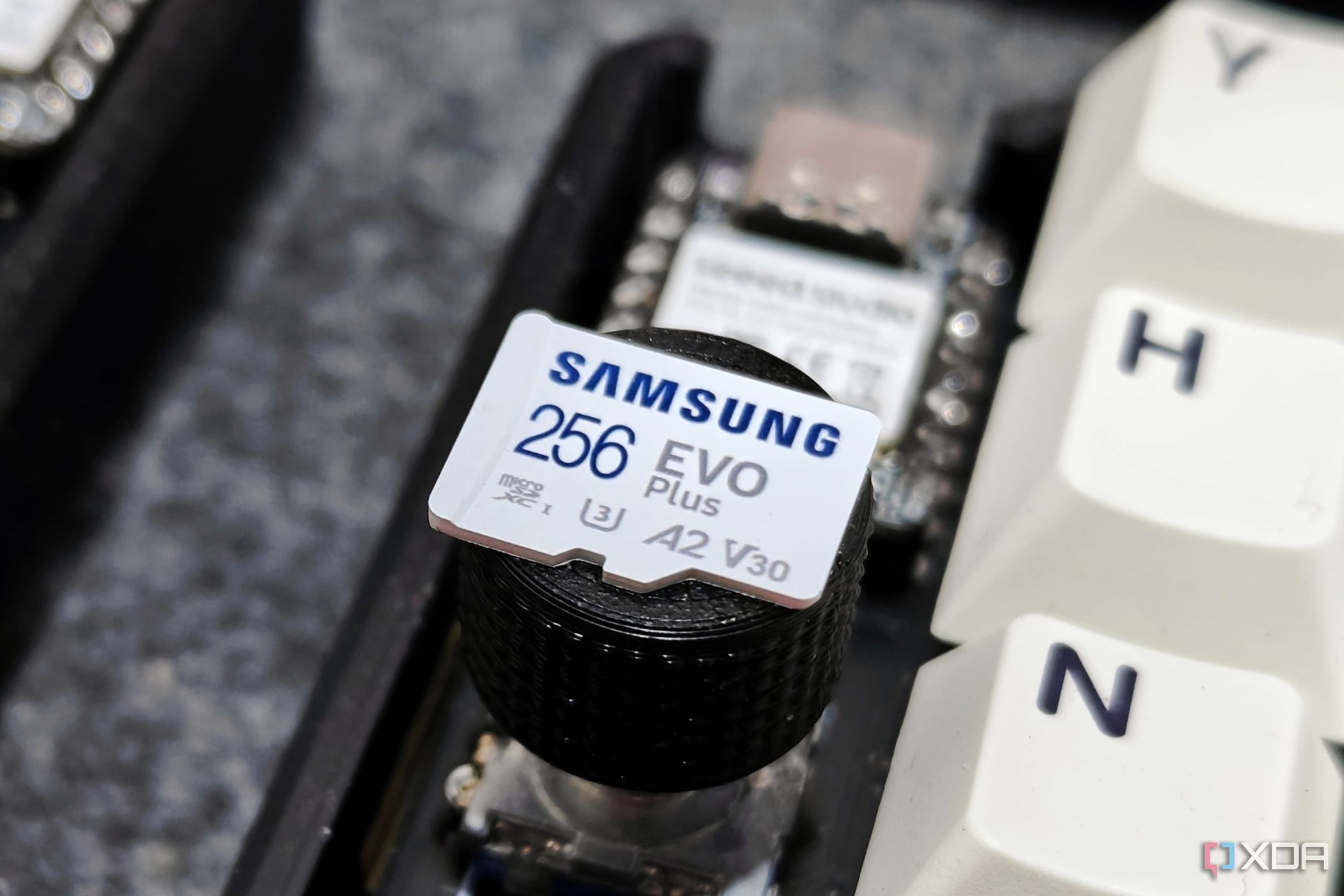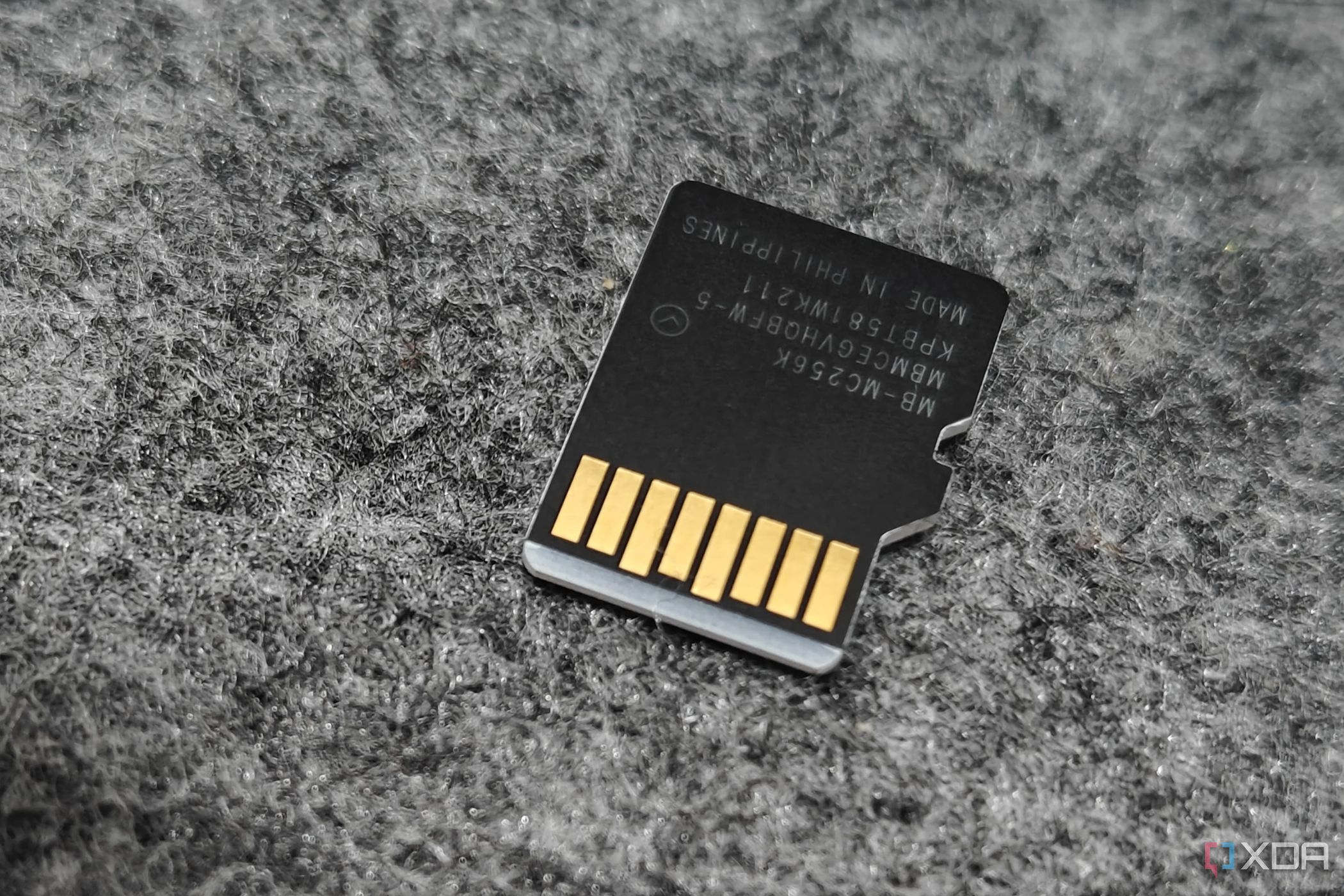The latest Macs, by default, pack a wide range of features that cater to all sorts of different users. One of these handy utilities is the ability to format SD cards. This feature is handy for photographers, handheld gamers, and other creatives who rely on this storage form to safekeep their data. Below, you will find the steps you need to follow to format an SD card on a Mac and erase all of its data.
What's an SD card?
An SD card is a small chip that offers different storage configurations. Generally speaking, SD cards' capacities are more limited when compared to dedicated, larger hard drives. Instead, these cards' specialty is their small size, which makes them more portable and convenient to carry around.
Typically, professional cameras offer SD card slots, allowing you to store the photos or videos you shoot on these devices. Similarly, some popular gaming handhelds, such as the Nintendo Switch, support SD cards to expand the available storage. This makes SD cards versatile, as they cater to different storage needs.
Why should you format an SD card?
Considering that so many device types support SD cards, a person may first use an SD card with their camera and then decide to store game data on it later. To take advantage of the full capacity, the user would need to delete the existing files on it. Instead of executing this manually and deleting the files individually, a user could rely on formatting instead. This would wipe all data stored on the SD card, including hidden folders and files, in one go. That's not to mention that formatting a misbehaving SD card could in some cases fix it.
How to format an SD card on Mac and completely wipe its data
Before we get started, connect the SD card to your Mac. Some machines, like the MacBook Pro (M3, 2023), offer a built-in SD card reader. If your computer doesn't offer a compatible slot, you may need to rely on a separate dongle or dock.
-
Launch the Disk Utility app that comes pre-installed on macOS Sonoma and earlier versions. It's usually in the Utilities folder, but if you can't find it, you can also use Spotlight Search to locate it.
- In the sidebar (on the left), you will find a list of all connected storage. Locate your SD card and click on it.
-
Once you do, you will find an Erase button in the middle of the top section. Hit it.
-
You will be prompted to enter the Name of the SD card. Do so.
- Choose the ExFAT file system using the Format drop-down menu.
-
Once you fill in the required details, click on Erase.
- The process will then start. How long it takes depends on the SD card and the amount of data on it. It shouldn't take too long, though.
- Once it's over, you will see an alert stating so. Click on Done.
- That's it! Your SD card is as good as new now.
How to format an SD card using third-party software
The built-in Disk Utility app on macOS is quite solid for formatting SD cards. However, if, for any reason, you don't want to use it, you can download a third-party app to format the SD card. There are plenty of options online, both genuine and fake, so make sure to download one from a trusted source. One of the trusted apps is SD Card Formatter, officially offered for free by the SD organization. Notably, though, the latest supported OS version listed is macOS Monterey, so the app may not work on newer macOS versions. Whether you opt for this app or a different one, the process to format your SD card should be similar to that of Disk Utility, mentioned above.
The bottom line: Formatting an SD card on macOS is easy
As our guide shows, formatting SD cards on Mac is a straightforward process that doesn't require any third-party tools or advanced technical skills. Through formatting, you ensure that all files and folders stored on an SD card are completely destroyed and removed. It's always a better idea than manual deletion, assuming you don't want to keep any files on it.

